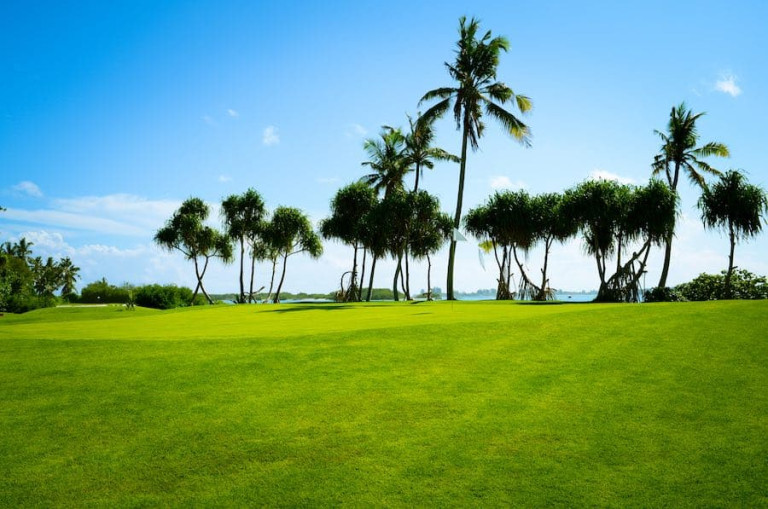The issue of irrigation, and whether it’s possible to irrigate effectively at the same time as helping to conserve water, is one which will resonate particularly strongly with virtually anyone living or working in the state of Florida. The natural landscaping that forms the backdrop for pretty much every commercial or residential development in Florida is an almost unique feature of the state, and one which has undoubtedly helped to make it the second most popular tourist destination in the country. However, landscaping of this kind can only be maintained using a combination of highly effective irrigation systems and the application of best irrigation practices, particularly in a part of the US with such a wildly fluctuating climate.
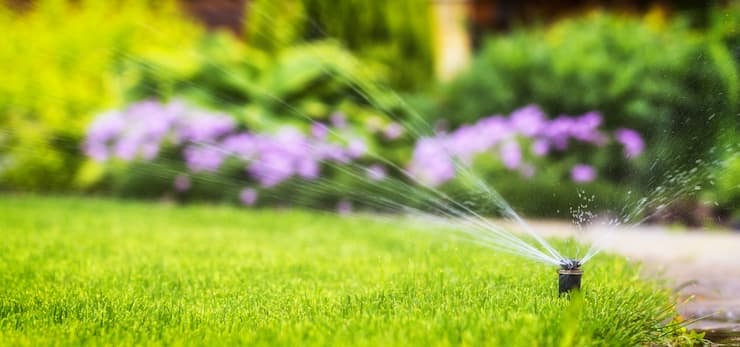
Florida Climate
Across the state the conditions can range from drought to severe rainfall during any given period, and within individual districts this kind of extreme climate fluctuation is commonplace. Despite the sometimes severe rainfall experienced by Floridians the trend for precipitation is markedly downward, as the climate shifts in a way which is forcing those in charge of managing water provision to respond. According to figures published by National Oceanic and Atmospheric Administration (NOAA), the driest year on record in Florida was 2000, in which there were just 40.3 inches of precipitation, while the wettest was 1947, with 72.9 inches. While it’s difficult to extrapolate from individual years, five-year averages make the picture clearer; the driest consecutive 5-year interval was 2006–2010, with an average of 47.9 inches per year, and the wettest was 1945–1949, with an average of 60.2 inches per year. Figures such as these highlight the long-term nature of the trend toward lower levels of rainfall, as does the fact that in every decade since 1900 Florida has been impacted by at least one widespread and severe drought.
Population Growth Brings Pressure
The impact of changes such as these is compounded by the rapidly growing population in Florida. According to figures gathered by the census taken every ten years, the resident population in Florida was 1,897,414 in 1940 and had risen to 21,538,187 in 2020. Nor is this growth showing any signs of slowing down. Florida recorded the second highest rate of population growth in the US between July 2020 and July 2021. During that period the resident population in the state grew by 211,196. As things currently stand, Florida is one of only three US states with a population of more than 20 million, ranked third behind California and Texas - and population expansion creates huge pressures on water supplies.
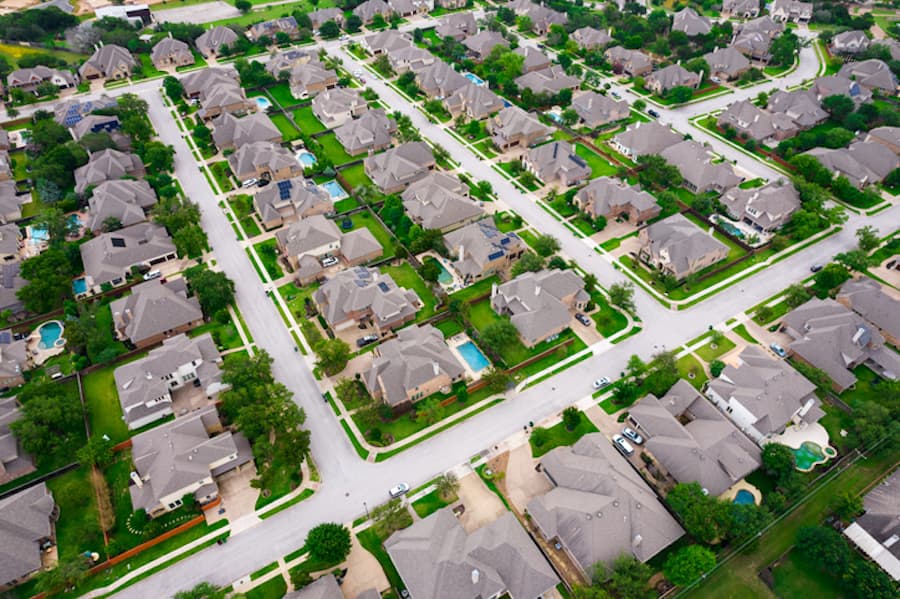
Water Management and Conservation Measures
The information above helps to explain why every one of the five water management districts have strict watering restrictions in place to conserve water. In Southwest Florida, for example, lawn watering is limited to twice a week with even no. addresses permitted to water on Thursday and/or Sunday before 10 a.m. or after 4 p.m. and odd no. addresses given the days of Wednesday and/or Saturday before 10 a.m. or after 4 p.m. Every other district has similar rules in place, and limitations that may once have been introduced to deal with specific and limited periods of drought are now in place year-round in an effort to make the most efficient use of the water available.
A Country-wide Issue
This approach isn’t limited to Florida, of course. Mapping carried out by the US Drought Monitor in October 2021 showed that there were ‘abnormally dry’ to ‘exceptional drought’ conditions across a huge area running from the Canadian to the Mexican border, and taking in everything west of the Rockies, which includes the densely populated West Coast. Places such as Minnesota also triggered ‘drought warning’ watering limits during 2021 and in Utah, existing limitations were tightened up as drought conditions continued to impact on the levels of lakes, waters and reservoirs.
In Florida, the situation is particularly fraught thanks to the fact that more than 50% of water usage across the state is dedicated to landscape irrigation. The finely balanced nature of the water supply in Florida was brought into sharp focus during the COVID-19 pandemic, when a demand for liquid oxygen limited the amount of oxygen available for the disinfection of drinking water. This led to emergency calls for non-essential water consumption to be cut, in places such as Orlando and Tampa Bay. Despite the urgent nature of the problems, however, data gathered since shows that the reduction in non-essential water use needed wasn’t forthcoming on a voluntary basis, underlining the need for the base-level restrictions which run on a year-round basis.
Is Sustainable Irrigation Possible?
Is it possible, in the 2020's and beyond, to irrigate the landscape surrounding a residence, a community or a business in a manner that doesn’t place excessive strain on water supplies as a whole? The good news is that it is, but that it involves thinking about the landscaping itself and irrigating wisely.
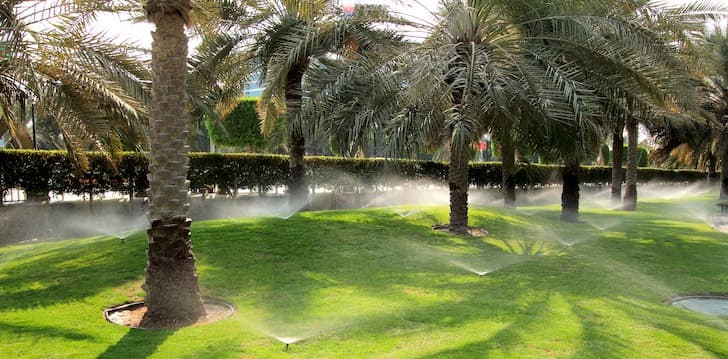
Many irrigation solutions are now built with the engineering and technology to help you maintain the landscape you desire, while using water more efficiently. But this is an active process - having a great tool at your disposal doesn't automatically mean you are going to achieve the heights of water conservation excellence! For example, our irrigation systems are designed and installed to give clients the best possible chance of meeting their goals for water use and landscape perfection; but we also provide 24/7 access to training along with help and ongoing support from the Hoover team. Our overall aim is for irrigation to be delivered with the minimum water use possible - and waste and over-watering reduced to an absolute minimum. And we know the best way to achieve this is to combine excellence in design and installation with excellence in after-sales support and maintenance.
There are many aids to water conservation that can feature in a modern irrigation system when it comes to helping us use less water, more efficiently. Here are a few to consider:
Responsive Controllers
Setting a schedule for watering and letting it run – even if it is based on detailed historical data on the climate – is pretty much a guarantee that water will be wasted. A scheduled watering might take place, for example, immediately following unexpected rainfall. Smart irrigation controls, on the other hand not only take into account factors such as the varying needs of different soil and plant types in a landscape, they allow watering schedules to adjust in real time - responding to factors such as heavy rainfall or high temperatures. This will ensure that plants receive only the water they need and no more.
Flow Sensors
There’s no getting away from the fact that almost all irrigation systems will develop leaks and/or blockages at one time or another. Flow sensors built into the system will monitor the water that's passing through in real time and immediately flag up any changes in water pressure caused by problems such as damaged sprinkler heads or leaks. Not only will the user be alerted to the issue, but the flow of water through the effected zone will be halted until the source of the waste can be identified and dealt with.
Rain Sensors
Working alongside responsive controls and flow sensors, rain sensors can play a hugely important role in identifying precisely how much irrigation is needed at any given time. Scheduled watering can be over-ridden if a recent rainfall tells the system irrigation isn't required.
Soil Sensors
Monitoring the wider environmental conditions is one thing but knowing what’s happening under the ground is even more important. After all, the condition of the soil in the landscape is ultimately the driving force behind any irrigation system, in as much as it dictates the healthy condition- or otherwise – of the vegetation planted in that soil. A soil sensor will monitor levels of moisture in real time and ensure that the irrigation supplied to a specific zone is only enough to keep the moisture in the soil within pre-set upper and lower limits.
Drip Irrigation
While above ground sprinklers can be highly effective, water is inevitably wasted when it's carried away by the wind before landing - or evaporates during delivery. Of course, watering at night and cooler times during the day will mitigate this so best practice is key here.
An alternative to sprinklers is drip irrigation. This method delivers slow drips through emitters located close to the root zones of plants and turf. Combined with other water-saving measures, drip irrigation can help to ensure that water is always delivered exactly where it's needed.
Be Pro-active About Maintenance and Repairs
We can never say this enough! The best system in the world is not going to deliver optimum service if it's neglected. While maintenance and repair isn't the topic of this post, we'd like to at least draw attention to this vitally important subject.
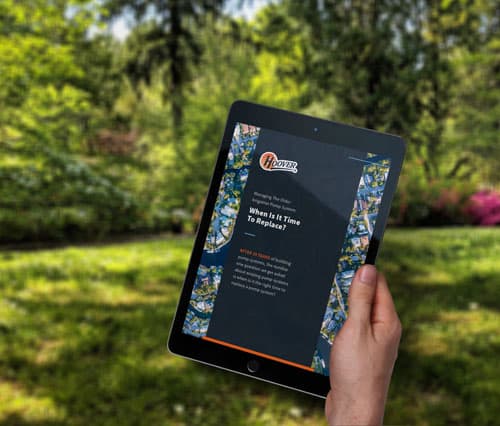 Learn About Your Irrigation System
Learn About Your Irrigation System
Again, a subject we're not aiming to cover here but there's a minimum you should know about your system. For example, if you're seeing or dealing with endless problems that are never resolved or you don't really know what your irrigation should be delivering, how can you tell when something isn't right? If you have smart monitoring, do you log in from time to time or use an app to see what's going on? Do you know what the notifications and data are telling you?
A Holistic Approach to Irrigation
In the best of all possible worlds, a holistic approach to irrigation combines a well-maintained, fit-for-purpose system along with a more pro-active attitude toward water use. We believe it is possible to maintain a landscape to enjoy and be proud of, and at the same time make a valuable contribution towards Florida's water conservation efforts.
 Learn About Your Irrigation System
Learn About Your Irrigation System

